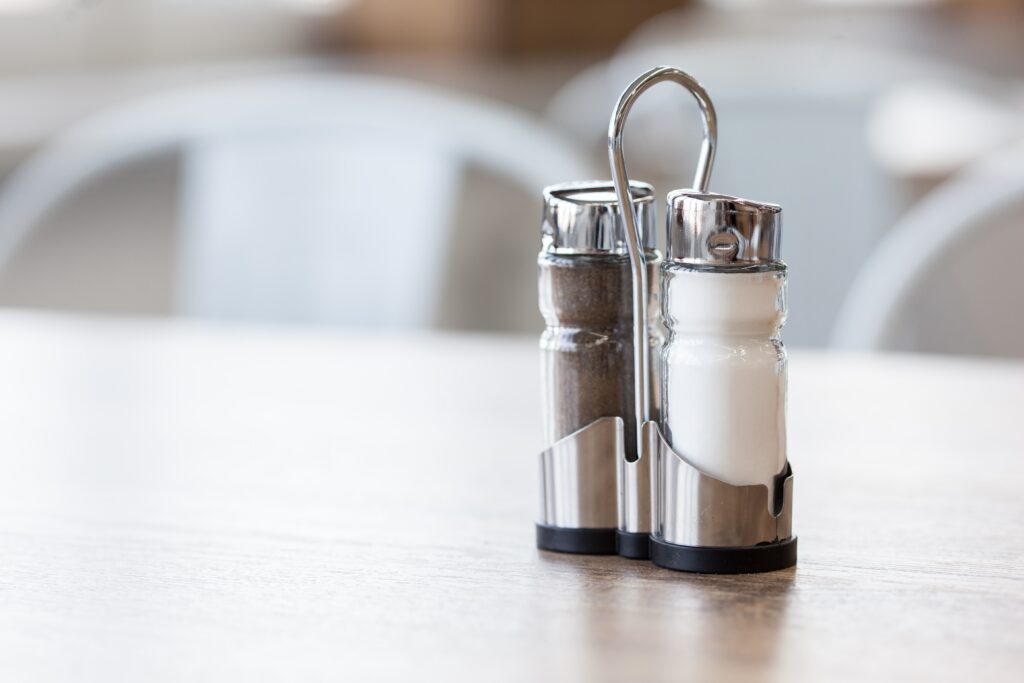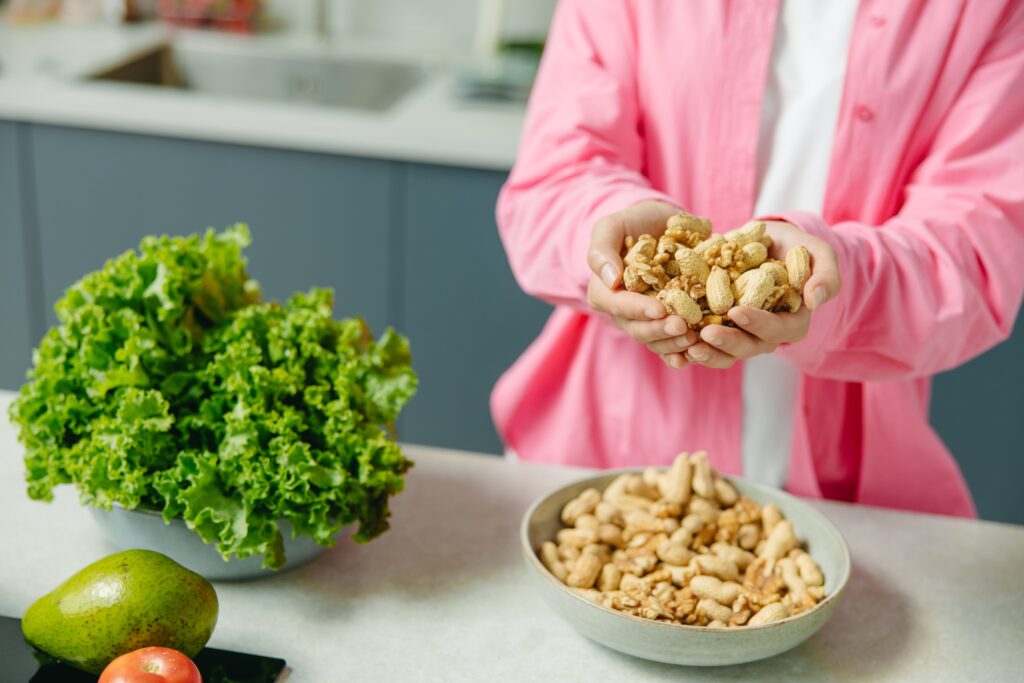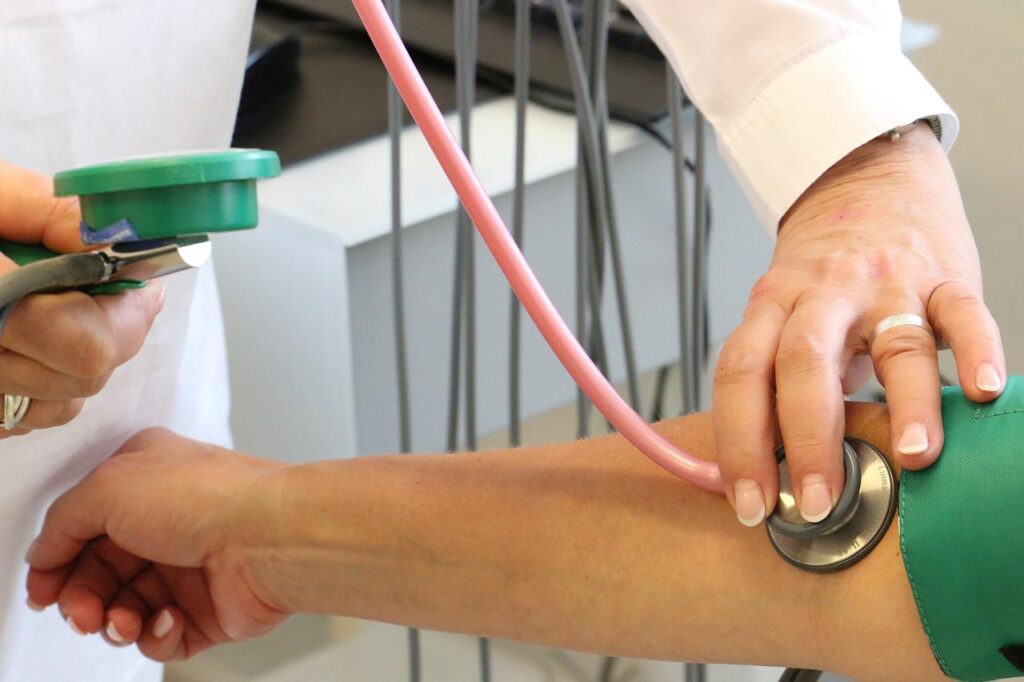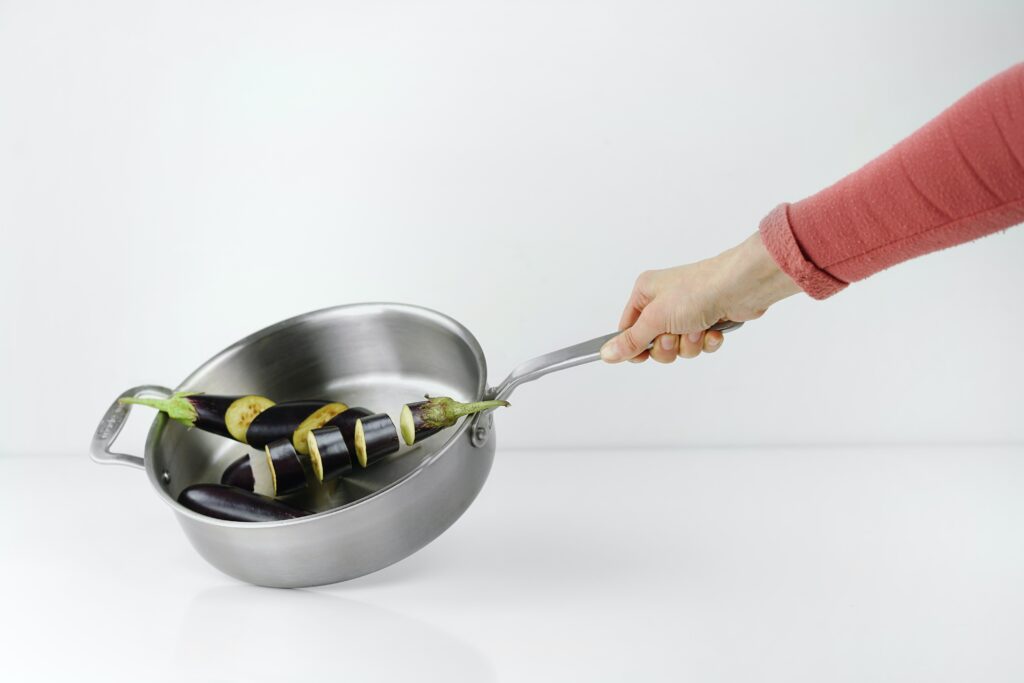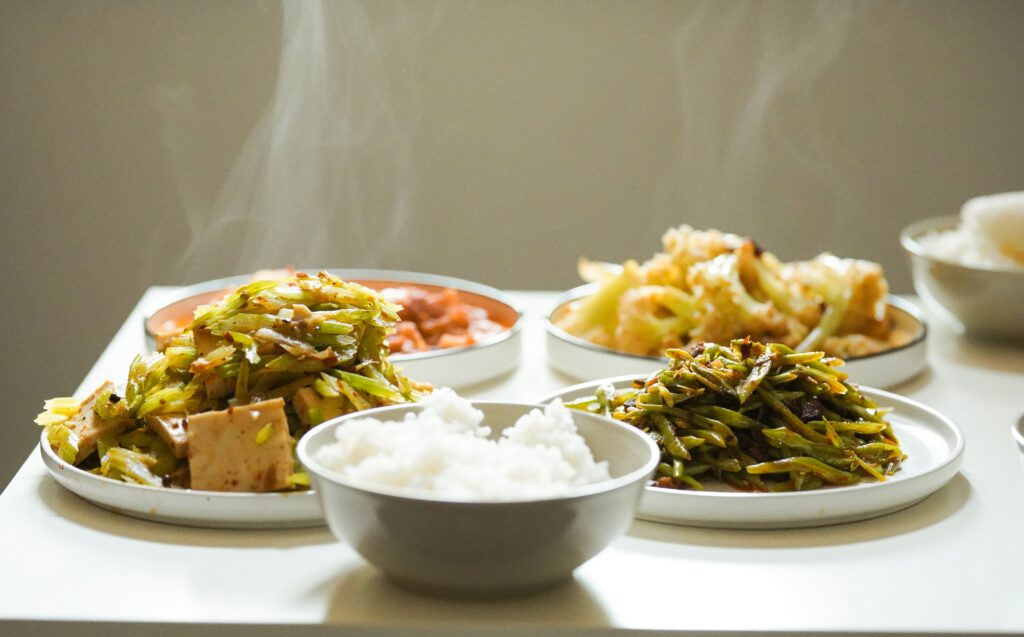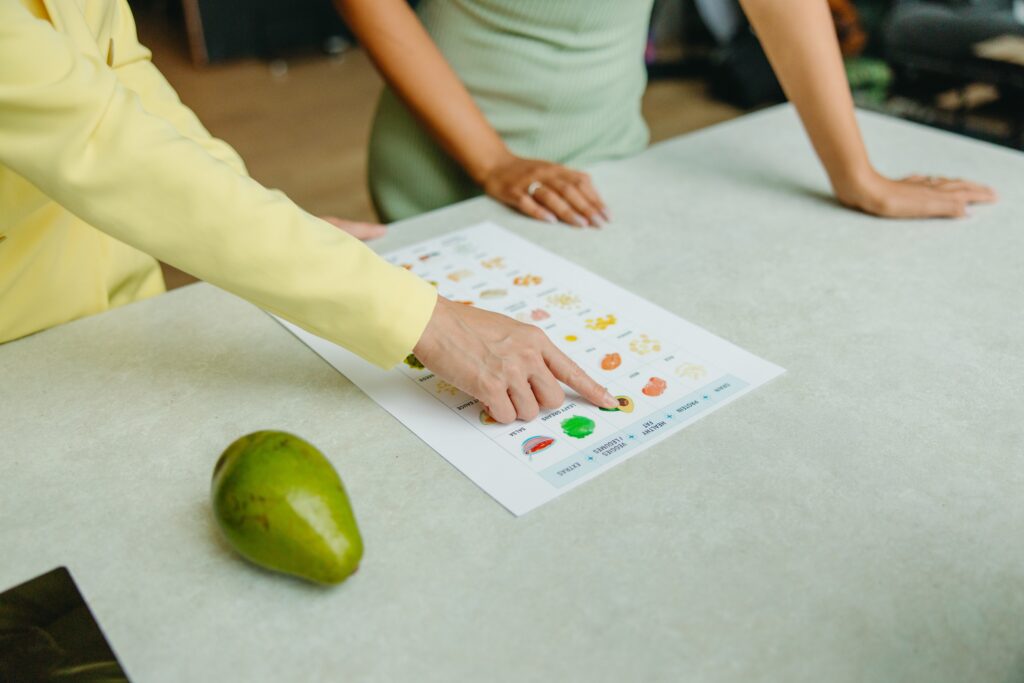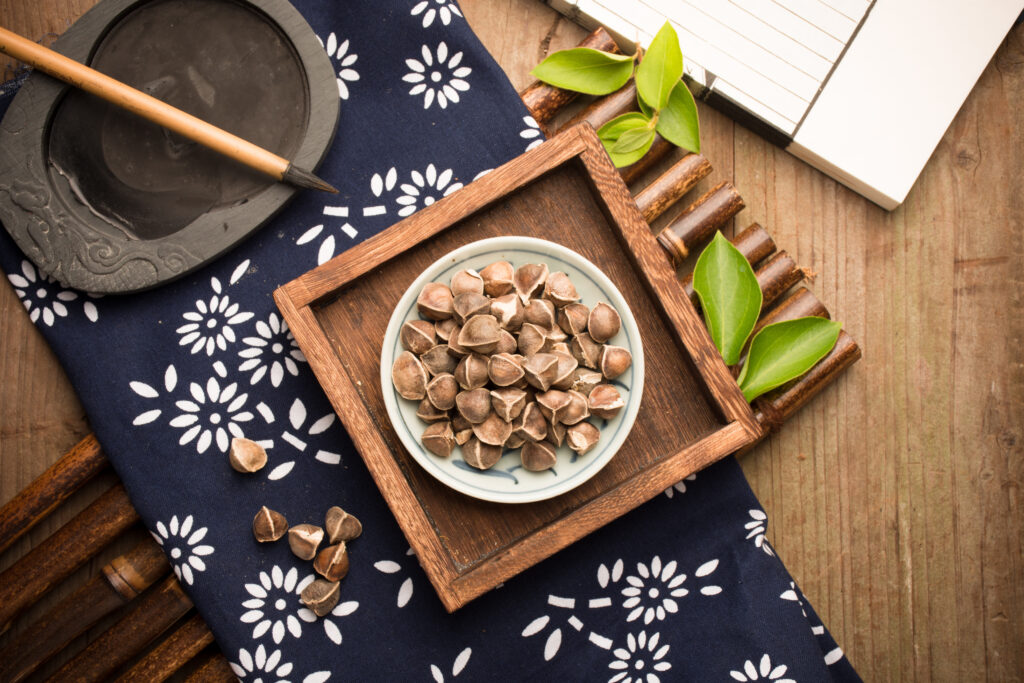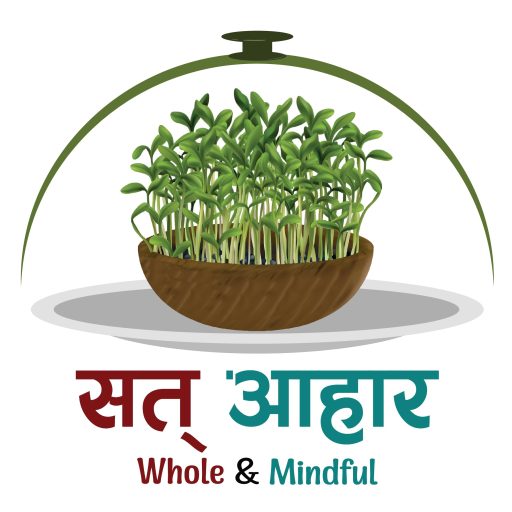We may have heard several times from about the importance of reducing salt intake from our food. Salt is made up of sodium and chloride (Nacl). Chloride in salt in not of concern, however sodium is a big concern in our diet today. Thus, reducing salt intake essentially means reducing sodium.
Why Should We Reduce Our Sodium Intake?
Excess intake of sodium can lead to high blood pressure, a leading cause of heart disease and stroke. Too much sodium also causes fluid to accumulate in the lower legs or abdomen, which is fatal for people with chronic kidney disease and heart diseases.
How Much Sodium is Recommended?
Sodium is an essential nutrient required for our body. However, it’s not needed much. According to World Health Organization, adults should consume less than 5 g (just under a teaspoon) of salt per day. Since salt is 40% sodium and 60% chloride, our daily sodium consumption should be below 2000 mg.
How Much Sodium Do We Consume?
According to World Health Organization, most people around the globe consume double the amount of sodium that the recommended. In the case of Nepal, the dietary salt intake is 9.1g per day which is about double the amount world health organization recommends (Step Survey 2019). No wonder, about 24.5% of adults (15-69 years) are hypertensive as per Step Survey 2019. Since 2013, hypertension has been reported to have increased by 4.5% (5). According to a meta-analysis 2019, prehypertension is also very high in Nepal (35.4%) (6).
What are the Sources of Sodium?
Sodium is naturally found in many foods in small amounts. However, they are not something to be worried about. Added sodium should be used with caution. Other than salt, sodium is also high in fish sauce, soy sauce, teriyaki sauce, ketch up, picked achar etc. Thus, be extra cautious.
SALTY Method in Reducing Salt/Sodium
Say No to Ultra Processed Foods
A big source of salt in our diet is highly processed foods. Instant noodles, biscuits, chips, crackers, etc. are high in sodium. Even eating too much chatpatey, panipuri, daalmot can increase your amount of sodium intake. Thus, always opt for less processed whole foods. Try to reduce the overall intake of highly processed foods.
Add Natural Seasoning Such as Herbs for Better Flavor and Taste
We love salty foods because it tastes good. However, you can still enjoy less salty (less sodium) but delicious meals using lovely favors from several herbs and spices. Herbs and spices such as coriander, parsley, oregano, black pepper, nutmeg, cardamom, cumin, ginger, lemongrass tec. Adding lemon or lime juice, or lime zest makes foods even better. Herbs and spices not just add flavors to your food, they are health promoting too. Experiment with different herbs and spices. May be, you want to learn more about some flavors from others culture. For example, Thai use galangal, basil, and lemongrass a lot while Nepalese use cumin and coriander. Experiment with such flavors and gradually reduce your salt intake.
Limit Salt While cooking and Preparing
One of the many strategies to reduce sodium intake at home can be eating salty meals only once or twice a day. If that’s not possible, reducing salt intake overall in your meal is also beneficial. Whatever you cook, whether its curries, soups, legumes, or chutneys, always add less salt. If you use flavoring with high sodium content such as soy sauce, fish sauce etc., be cautious. This way, not just you, your entire family member’s sodium intake is reduced.
Take Salt and Salty Sauces Off Your Table
Many people have saltshaker in their tables. Even if saltshaker is not there, they add extra salt or salty sauce while eating. Remember, the threshold of your salty sensation is increased when you constantly consume too much of salt in food. Thus, when the meal at your home or restaurant is there for you to eat, eat as it is, do not add extra salt even if it is not as salty as you desire.
Yes to Reading Nutritional Facts/Labels
Nutritional labels are facts that are on the back side of packaged foods, showing what nutrients and other ingredients are in the food. It also shows amounts of different nutrients of concern in percentage form. Just like carbohydrates, protein, fats and sugar content, sodium content is always listed on the label. So, always check if sodium content is too high for a serving of a product. If you start reading nutritional labels of packaged foods, you will also learn to choose low salt versions, reduced salt versions and/or no-salt-added versions of same foods of same brand.
Take Away
Though sodium is an essential nutrient, too much sodium has negative health consequences. Thus, use EASY method of salt reduction. Try following a step at a time and make it a habit before trying to do everything at once and failing.

